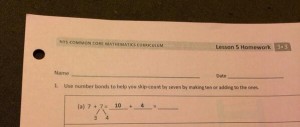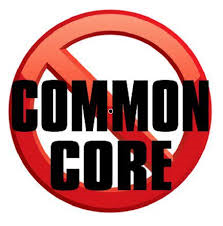I recently heard a surprising story: A female CEO was briefed on a stellar candidate for a top job at her company. “Sounds ideal,” she said to the group in the room.
“Male or female?” Male was the answer. “Damn” was her audible response. The guy wasn’t even interviewed.
Why Are Men Silent“This has been the coldest season with the most ice since we started Arctic Watch in 2000. Almost no whales. The NWPassage is still blocked with ice. Some of the bays still have not melted!”
Richard weber, owner/operater Arctic Watch
And rather than follow the conventional path of indebting yourself for 13-years so that you can attend university for four, and then fork over the bulk of your pay to the government, instead focus on learning tangible, valuable skills overseas.
Boulder County Fairness in Road Maintenance (FIRM)
On November 5, 2013, residents and property owners of subdivisions in unincorporated Boulder County will go to the polls to vote on 5C. A group of your fellow citizens has banded together to provide you, our neighbors, with facts and information about why you should vote NO on this tax increase. To learn more, click on the button below.











Unfortunately they made this harder than they had to. When they say *help* you skip-count by seven, I’m pretty sure they’re saying, “Think in terms of sevens for the answer, but subdivide your way to the answer, using terms that make up 7.” They could’ve just said that, but no… Anyway, they use an example to illustrate, using 3’s and 4’s. I think they really botched it when they added, “by making ten, or adding to the ones.” I think they’re *trying* to clarify that by showing “10 + 4,” but IMO that just makes it more confusing. I guess you can think of that example in terms like 3 + 3 + 4 (which “makes ten”) + 4, but they didn’t explain that. I guess they’re trying to make it relatable to the decimal system (by “making ten”), thinking somehow that will make it easier, but it doesn’t.
Just a guess, but I think what they’re trying to get across (or get to) is what used to be called “prime factorization,” which is that any number can be broken up into prime components. This sometimes helps with computing numbers. Like in this case, 7 can be arrived at by adding 3 + 4, or 3 + 2 + 2.